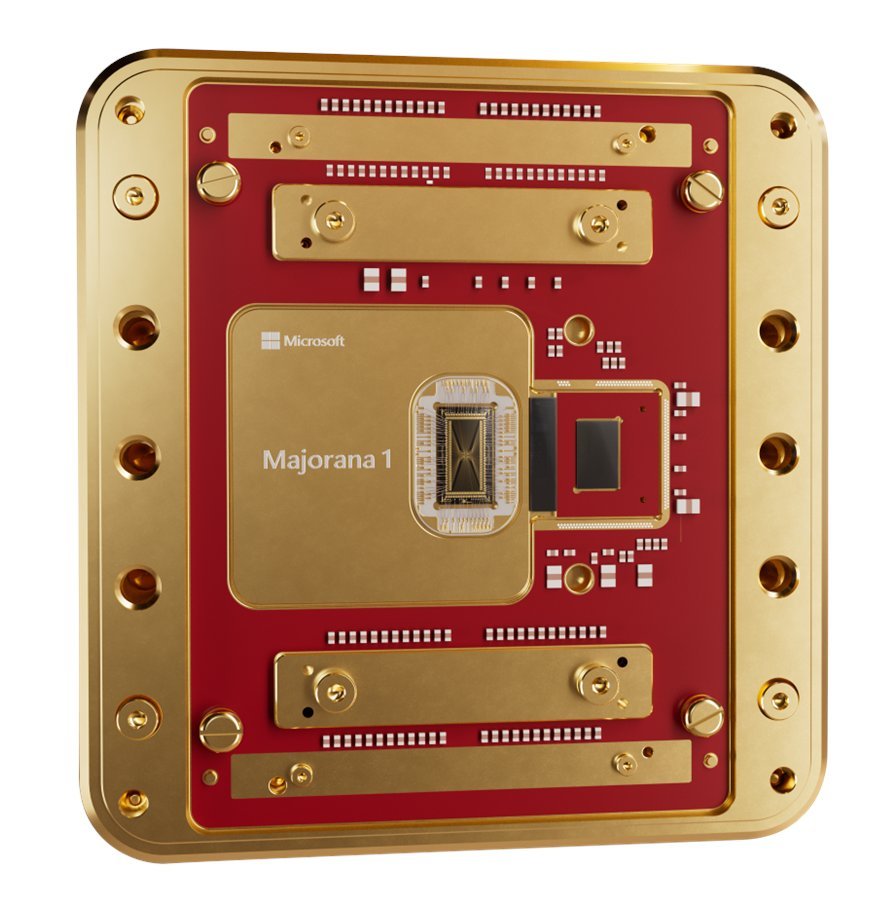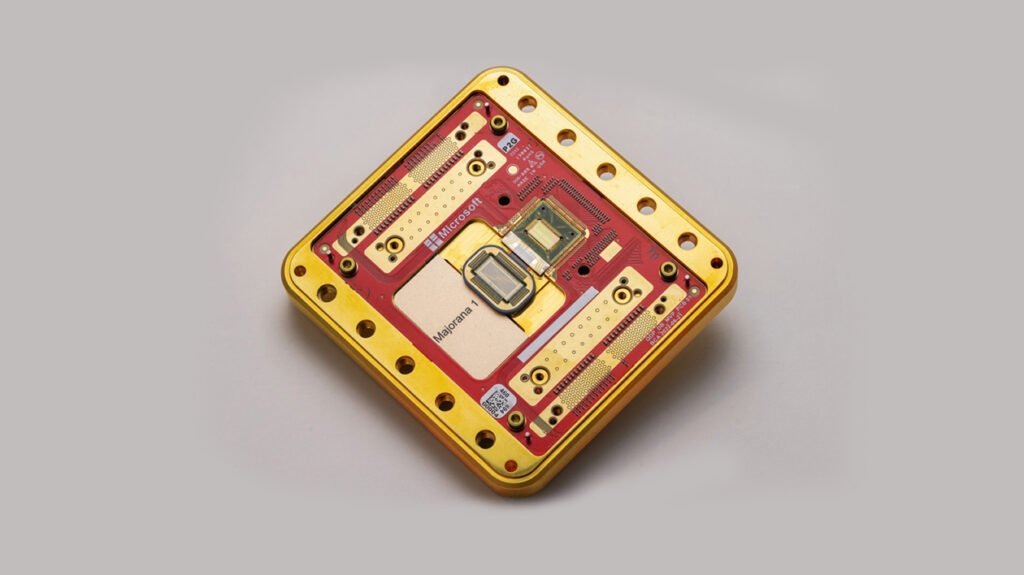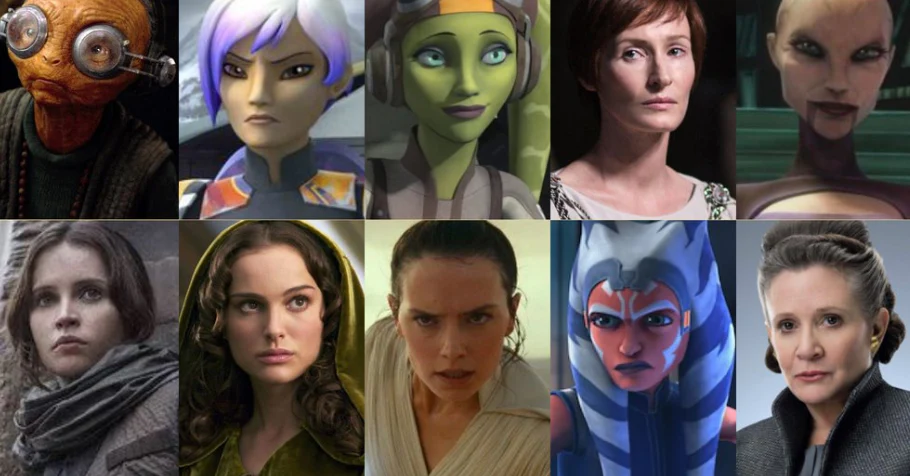Microsoft Majorana 1 Quantum Chip: Quantum computing has long been heralded as the future of technology, promising to solve complex problems that today’s classical computers can barely scratch the surface of. On February 19, 2025, Microsoft took a monumental step toward making this vision a reality with the unveiling of the Majorana 1, its first quantum computing chip. This breakthrough, built on a revolutionary “topological core” architecture, is poised to redefine the quantum landscape. But what exactly is the Majorana 1, and why is it generating so much excitement? Let’s dive into the details of this cutting-edge innovation.
What Is the Microsoft Majorana 1 Quantum Chip?
The Majorana 1 is Microsoft’s pioneering quantum processor, designed to harness the power of topological qubits—a type of quantum bit (qubit) that promises greater stability and scalability than traditional qubits. Unlike classical bits, which represent either a 0 or a 1, qubits can exist in multiple states simultaneously, thanks to the principles of quantum mechanics. However, their fragility has been a longstanding hurdle in quantum computing. Microsoft aims to overcome this with the Microsoft Majorana 1 Quantum Chip, a chip that currently hosts eight topological qubits but has a roadmap to scale up to an astonishing one million qubits.

This ambitious leap is made possible by a new material called a topoconductor—a fusion of indium arsenide (a semiconductor) and aluminum (a superconductor). This combination creates a unique “topological state of matter,” distinct from solids, liquids, or gases, allowing Microsoft to engineer exotic particles known as Majorana zero modes (MZMs). These particles are the key to the chip’s stability and potential.
The Science Behind the Microsoft Majorana 1 Quantum Chip
Topological Qubits: A New Frontier
Traditional qubits, like those used by competitors such as Google and IBM, are notoriously sensitive to environmental noise—think temperature changes, electromagnetic interference, or even cosmic rays. This instability requires extensive error-correction systems, which demand additional qubits and computational overhead. Microsoft’s topological qubits, however, are different. By leveraging the properties of Majorana particles, these qubits are inherently more resistant to errors, embedding stability directly into their hardware.
The secret lies in the topological gap, a stability metric that Microsoft’s team has successfully measured. This gap ensures that the quantum states remain intact even in less-than-ideal conditions, reducing the need for complex error correction. In initial tests, the Majorana 1 achieved an error probability of just 1%, a promising sign of its reliability.
Majorana Particles: The Building Blocks
Named after Italian physicist Ettore Majorana, who theorized their existence in 1937, Majorana particles are quasiparticles that act as their own antiparticles. In the context of the Majorana 1, these particles emerge at the ends of superconducting nanowires, created through precise fabrication of the topoconductor material. By “braiding” these particles—moving them around each other in specific patterns—Microsoft can perform quantum operations that are naturally protected from noise.
This approach contrasts sharply with the analog control methods used in other quantum systems. The Majorana 1 employs digital control, simplifying the process and paving the way for scalability—a critical factor in bringing quantum computing to practical, industrial use.
Why the Microsoft Majorana 1 Quantum Chip Matters
A Path to One Million Qubits
While the Majorana 1 currently features only eight qubits, Microsoft has a clear vision: scale this technology to a million qubits on a single chip, roughly the size of a modern CPU. Why does this matter? A million-qubit quantum computer could outperform every classical computer on Earth combined, unlocking solutions to problems in fields like:
- Medicine: Simulating molecular interactions to accelerate drug discovery.
- Materials Science: Designing self-healing materials or breaking down microplastics.
- Cryptography: Challenging current encryption methods with unprecedented computational power.
Chetan Nayak, a Microsoft technical fellow, emphasized this ambition: “Whatever you’re doing in the quantum space needs a path to a million qubits. We’ve worked out a path to a million.”
Years, Not Decades
For years, experts speculated that practical quantum computing was decades away—Nvidia’s CEO Jensen Huang predicted a 20-year timeline as recently as January 2025. Microsoft disagrees. With the Majorana 1, the company asserts that quantum computers capable of solving industrial-scale problems are now “years, not decades” away. This bold claim is backed by 17 years of research and a partnership with DARPA (Defense Advanced Research Projects Agency), which has selected Microsoft for the final phase of its Underexplored Systems for Utility-Scale Quantum Computing (US2QC) program.
How Microsoft Built the Majorana 1 Quantum Chip
Creating the Majorana 1 was no small feat. Microsoft’s team spent nearly two decades refining their approach, facing setbacks like a retracted 2018 paper claiming Majorana particle detection. Their persistence paid off with a meticulous process:
- Material Innovation: The topoconductor was fabricated atom by atom, combining indium arsenide and aluminum in a pristine environment cooled to near absolute zero.
- Engineering MZMs: Magnetic fields and superconductors were used to coax Majorana particles into existence, a feat confirmed in a peer-reviewed Nature paper published on February 19, 2025.
- Measurement Breakthrough: A novel technique using microwaves and quantum dots allows precise detection of the qubit’s state, distinguishing between one billion and one billion-and-one electrons in the nanowire.
This precision and control set the Majorana 1 apart, offering a glimpse into a future where quantum computing is no longer a lab experiment but a transformative tool.
The Competitive Landscape
Microsoft isn’t alone in the quantum race. Google unveiled its Willow chip in December 2024, boasting 105 qubits with scalable error correction. IBM’s Condor processor, launched in 2023, features 1,121 qubits. Smaller players like IonQ and Rigetti Computing are also making waves, with their chips accessible via Microsoft’s Azure Quantum cloud service. Yet, the Majorana 1 stands out for its focus on topological qubits, which could require fewer resources to achieve the same computational power as its rivals.
While Google and IBM rely on superconducting qubits and photonic systems, Microsoft’s high-risk, high-reward strategy hinges on creating a new state of matter—an approach that could leapfrog competitors if it scales as promised.
Challenges Ahead
Despite the excitement, the Majorana 1 is still a proof-of-concept. Scaling to a million qubits will require overcoming hurdles like material imperfections and real-world noise. Some physicists remain skeptical, noting that the observed states could be Andreev bound states—a phenomenon that mimics Majorana behavior—rather than true MZMs. Definitive proof will come only when Microsoft demonstrates large-scale performance.
Additionally, quantum computing’s infrastructure—such as the need for near-zero temperatures—remains a barrier to commercialization. Microsoft’s digital control method is a step forward, but building a cost-effective, widely accessible system is a challenge yet to be fully addressed.
The Future of Quantum Computing with Microsoft Majorana 1 Quantum Chip
The Majorana 1 isn’t just a chip; it’s a bold statement about the future. Microsoft envisions a world where quantum computers tackle humanity’s toughest challenges, from climate change to healthcare. By integrating this technology into Azure Quantum, developers could experiment with Majorana-based systems before 2030, accelerating adoption across industries.
For now, Microsoft is collaborating with national labs and universities to refine the technology, while DARPA’s backing signals confidence in its potential. If successful, the Majorana 1 could mark the beginning of a quantum revolution, proving that the “transistor for the quantum age” has finally arrived.
Conclusion
Microsoft Majorana 1 quantum chip is a testament to human ingenuity and perseverance. By engineering a new state of matter and harnessing the elusive Majorana particle, Microsoft has charted a path to a million-qubit future—a milestone that could redefine computing as we know it. While challenges remain, the promise of stable, scalable quantum power is closer than ever. Stay tuned as this technology evolves, because the quantum leap forward has officially begun.
What are your thoughts on the Majorana 1? Could this be the breakthrough quantum computing needs? Share your views in the comments below!
ALSO READ –










